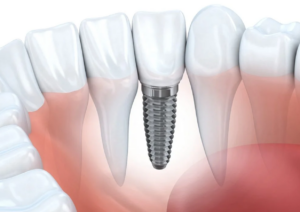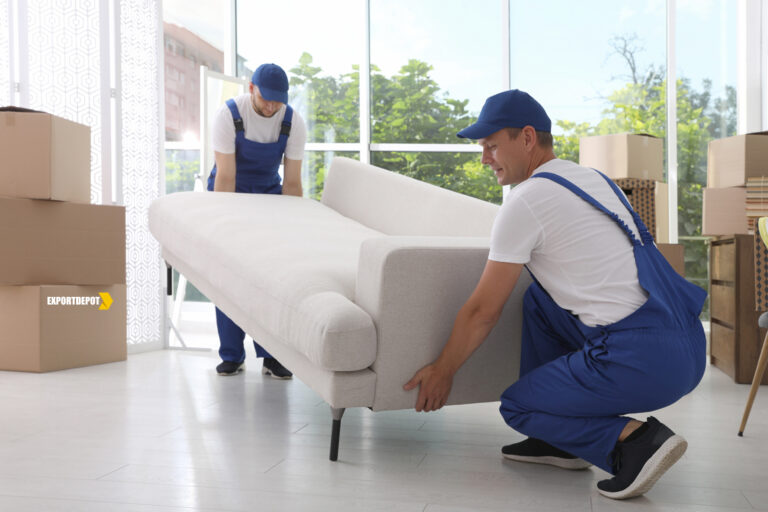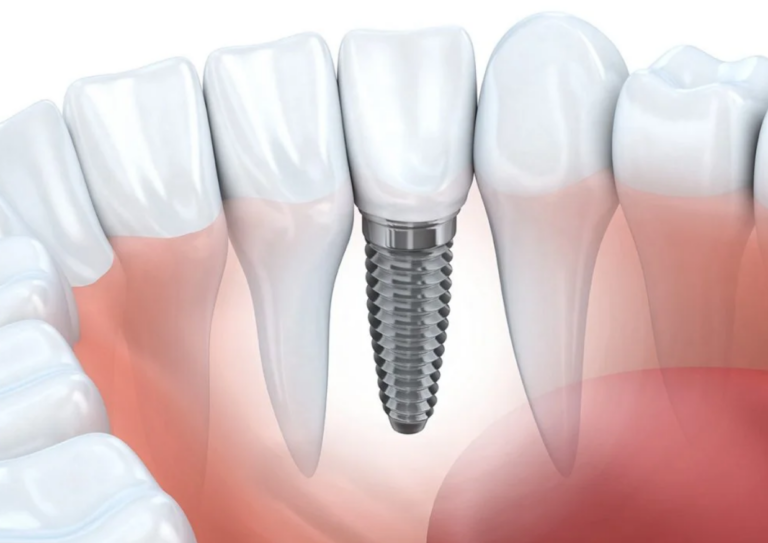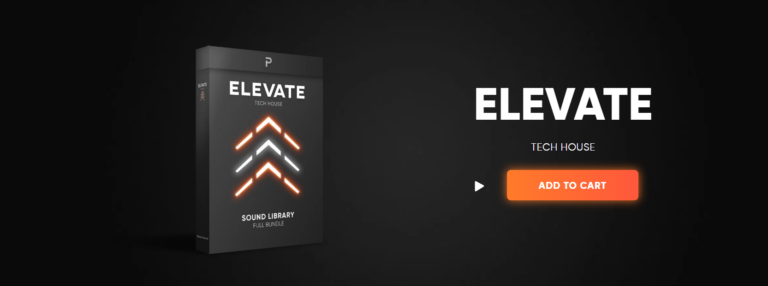In recent years, the housing industry has witnessed a significant shift towards sustainable and efficient construction methods, and prefabricated houses have emerged as a forefront contender in this revolution. Prefabricated houses, also known as prefab or modular homes, are structures that are built off-site and then transported and assembled on location. This innovative approach to construction offers a myriad of benefits that cater to the demands of modern living.
One of the key advantages of prefabricated houses is speed. Traditional construction methods can take months or even years to complete, while prefab houses can be assembled in a matter of weeks. This accelerated timeline is possible because many components of the house are manufactured simultaneously, reducing downtime and increasing overall efficiency. This not only saves time but also lowers labor costs, making prefab houses a more cost-effective option for homeowners.
Prefabricated houses are also lauded for their sustainability. The controlled environment of a factory allows for more precise construction with minimal waste. Additionally, many prefab homes are designed with energy efficiency in mind, incorporating features such as solar panels, high-quality insulation, and energy-efficient appliances. As the world grapples with the challenges of climate change, the eco-friendly nature of prefab houses makes them an attractive choice for environmentally conscious individuals.
Customization is another notable feature of prefabricated houses. While some may associate prefab homes with a cookie-cutter appearance, the reality is quite the opposite. Buyers can choose from a variety of designs and floor plans, and many manufacturers offer customization options to meet the specific needs and preferences of homeowners. This flexibility allows for a personalized touch without sacrificing the benefits of streamlined construction.
The durability of prefabricated houses should not be overlooked. These homes are built to withstand the rigors of transportation and assembly, often exceeding the structural integrity of traditionally constructed homes. Modern materials and construction techniques contribute to the longevity and resilience of prefab houses, ensuring that they provide a safe and comfortable living environment for years to come.
In conclusion, prefabricated houses are reshaping the landscape of residential construction. With their speed, sustainability, customization options, and durability, prefab homes offer a compelling alternative to traditional building methods. As the demand for efficient and eco-friendly housing solutions continues to rise, prefabricated houses are positioned to play a pivotal role in the future of sustainable living.














